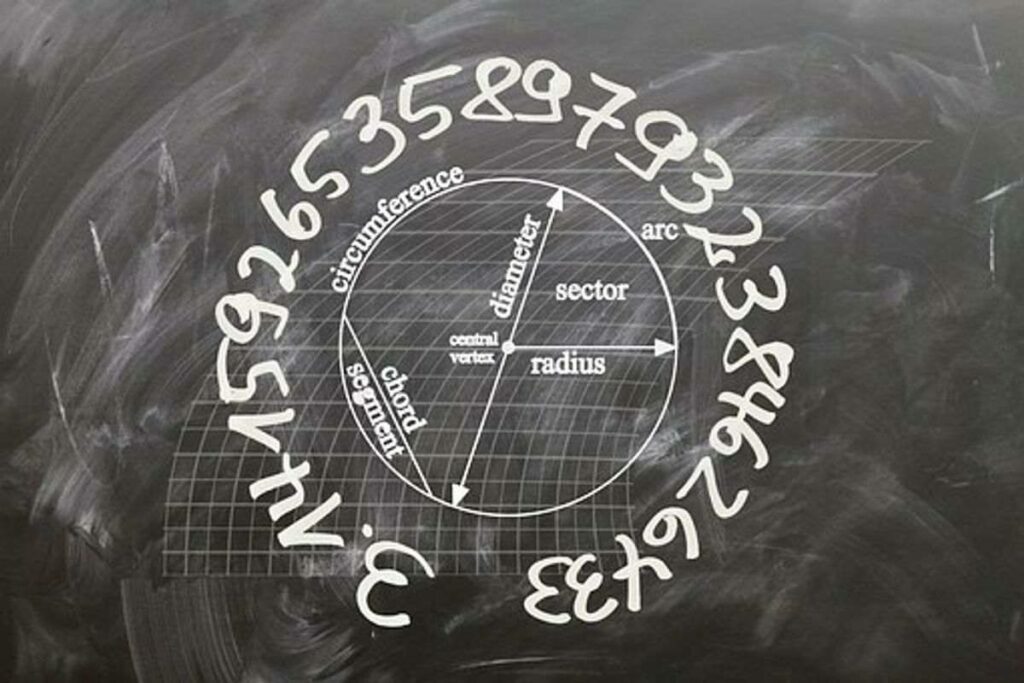Most of you might have found the chapter of trigonometry very difficult in your classes. But do you know if you have conceptual clarity in this subject, it is hands down the easiest chapter you will come across in mathematics. Trigonometry is formed by the addition of two words, Trigonon which means triangle and metron which means measurement respectively. In a nutshell, trigonometry means the measurement of a triangle. Trigonometric ratios help in finding the measurement of different dimensions of a right-angled triangle. The trigonometry basically deals with the problems related to triangles and measurement of angles.
What is a Trigonometry Table ?
A simple collection of the values of trigonometric ratios for various standard angles from 0 degree to 90 degree in a table is called trigonometry table. The trigonometry table has trigonometry ratios sine, cosine, cotangent, tangent, cosecant, and secant. The value of these ratios is important to calculate various trigonometric problems. These values are written in a tabular form to decrease the stress to remember it. Let us see how the trigonometry table looks like.
| Radians | Degrees | Sin θ | Cos θ | Tan θ | Cosec θ | Sec θ | Cot θ |
| 0 | 0° | 0 | 1 | 0 | Not defined | 1 | Not defined |
| π/6
| 30° | 1/2 | √3/2 | 3√3 | 2 | 2√3/3 | √3 |
| π/4
| 45° | √2/2 | √2/2 | 1 | √2 | √2 | 1 |
| π/3 | 60° | √3/2 | 1/2 | √3 | 2√3/3 | 2 | √3/3 |
| π/2 | 90° | 1 | 0 | Not defined | 1 | Not defined | 0 |
Key Points to be Noted in the Trigonometry Table
- Various values of complementary angles can be computed using complementary formulas. Such as 30 degrees and 60 degrees in the trigonometry table.
- The value of some ratios in the trigonometric table are given as infinite and not defined. While computing, the value becomes zero and remains to be equivalent as infinity.
- Due to the change in quadrant, there is a sign change in the values of various ratios such as 180 degrees, 270 degrees, etc.
Applications of Trigonometry
- Astronomy: From a very long period, spherical trigonometry has been used for locating solar, lunar, and stellar positions and describing the orbits of the planets.
- Navigation: For centuries, trigonometry has been used for locating latitudes and longitudes of vessels and calculating distance during navigation.
- Surveying: On a larger scale, trigonometry is used for measuring length, areas, and relative angle between objects.
- Optics and Acoustics: Trigonometry has been used for describing sound waves and light waves. It is also used for solving boundary and transmission related problems.
- Other Applications: There are other uses of trigonometry such as game development, image compression, cartography, etc.
Tricks to Remember Trigonometric Table
There are several ways to remember the trigonometric table but one of the easiest ways to remember it is by using the one hand trick. To find out the sine values of the trigonometry table, we will include the counting of the fingers. Similarly, to find out the values of cos we will fill the values in reverse order.
Step 1: Count the fingers on the left side for standard angles to obtain the sine ratios.
Step 2: Now divide the number of fingers by 4.
Step 3: Then, take out the square root of the ratio.
For Example:
Example 1: For sin 0° there is not a single finger on the left-hand side, therefore we will take 0. If we divide 0 by 4, we get 0. Now if we take out the square root of 0 the answer comes 0. Thus, sin 0° = 0.
Example 2: For sin 60° there are 3 fingers on the left-hand side, if we divide 3 by 4, we get ¾. Now if we take out the square root of 3/4 the answers come √3/2.Thus, sin 60° = √3/2.
If you want to learn more about these topics in detail and in an interesting and fun way, visit Cuemath.
Read Also: What are the best books for UPSSSC JE Exam?



